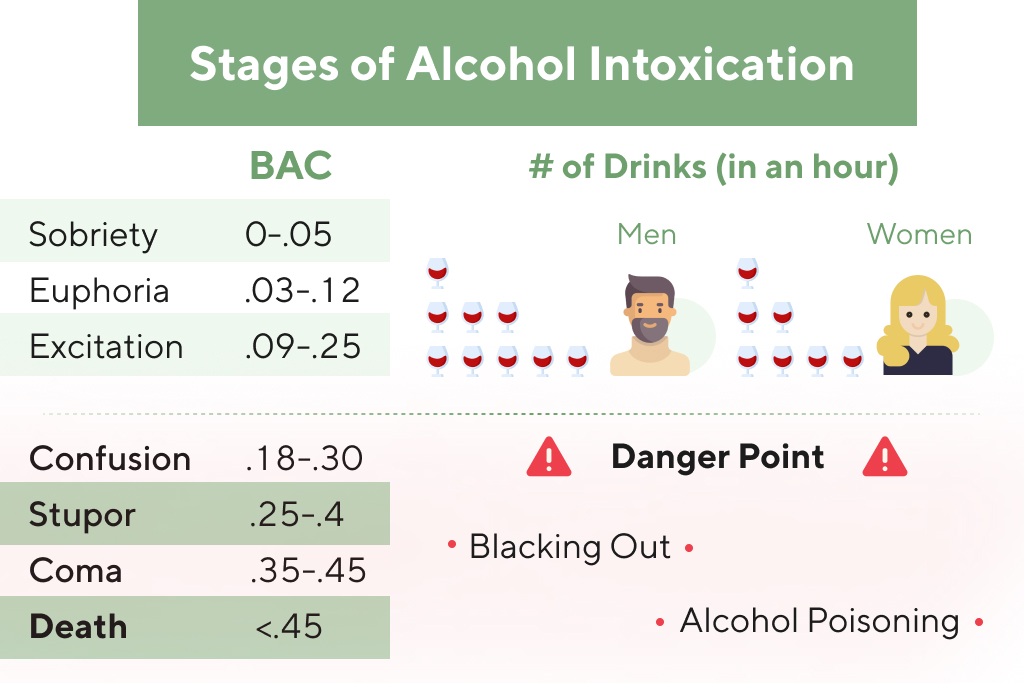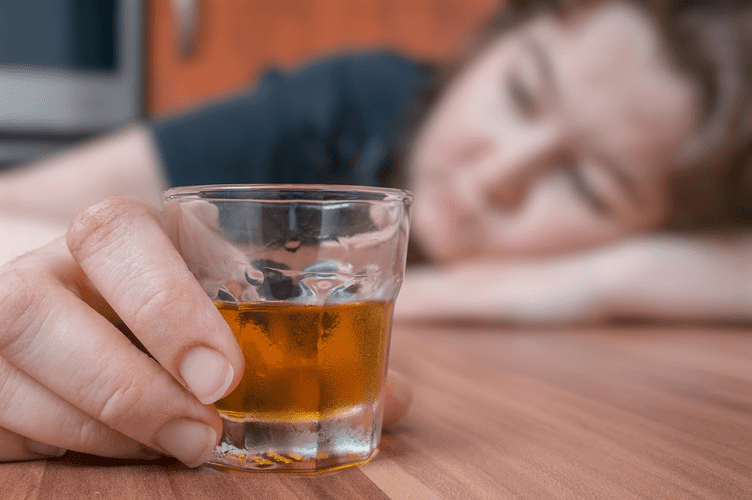Play Przedłużenie umowy cz 3. 2020 r., 2021 r. – Forum
Contract vs Full Time Here’s The Difference
After rehab, your specialist will put you in touch with alcohol abuse counselors and support groups, like Alcoholics how to recognize signs and symptoms of alcoholism and alcohol abuse Anonymous and Al-Anon. This will ensure you maintain your sobriety and allow you to meet other peers who have overcome alcohol abuse. In the last several decades, a growing number of teens have started abusing alcohol. Because adolescents’ brains are still developing, teenage drinking behaviors vary greatly compared to adult patterns. It’s time to stop making excuses for your drinking and get the help you deserve.
When is Addiction Treatment Necessary?
- Delirium tremens (DTs) are a severe form of alcohol withdrawal that can be life-threatening.
- Alcoholism is NOT defined by what you drink, when you drink it, or even how much you drink.
- The line between casual alcohol use and misuse is blurry for many people, and they may not consider seeing a medical professional until their alcohol use becomes a severe problem.
Express your concerns without judgment and encourage seeking help from a professional. Many organizations and rehab centers offer support for alcohol abuse, including therapy, counseling, and group support. If and when they make the decision to stop drinking, make sure they don’t do it alone.
- Treatment centers that offer care for substance use disorders may be an excellent place to start your recovery journey.
- Loved ones may notice frequent arguments, outbursts, or confrontations that were uncommon before the substance abuse began.
- The warning signs and symptoms of alcohol use disorder may vary from person to person.
- Frequent drinking, also known as daily or regular drinking, can also be a sign of alcohol abuse.
- So, it’s important to be able to spot the signs and symptoms of alcoholism so you can get help and start the healing process.
Stress Management
The severity varies based on your consumption level and individual tolerance. Long-term alcohol use can lead to persistent facial redness through dehydration and liver strain, potentially indicating developing alcoholism when combined with other symptoms. This condition can lead to serious health issues, including damage to the liver, brain, gut, pancreas, lungs, cardiovascular system, and immune system. Generally, alcoholism, alcohol addiction, and alcohol use disorder are terms used to describe alcohol dependency.
Mental Health and Loneliness
Phantom hangovers occur due to chemical imbalances in the brain while it’s trying to recover from the effects of alcohol or as a psychological effect of quitting. The symptoms of this type of hangover typically begin 48 hours after the last drink and include headaches, low energy, aching joints, nausea, and mental fog. Not every alcoholic experiences a hangover feeling when sober, and it can be discouraging for people in the early stages of quitting alcohol. In 2019, three-quarters (76% or 23.7) of Canadians reported using alcohol the previous year, unchanged from 78% (23.3 million) in 2017. A Centre for Addiction and Mental Health study found Canadians drink more than 50% above the global average.

However, if you consume alcohol to cope with difficulties or to avoid feeling bad, you’re in potentially dangerous territory. If you observe any of these alcoholism symptoms or signs in a https://seamstresslagos.com/2023/06/01/hallucinogen-persisting-perception-disorder/ loved one, you need to help them seek alcohol rehab treatment. If you or someone you know is exhibiting these signs, it’s important to approach the situation with compassion and concern rather than judgment.

Treatment Options for Alcohol Use Disorder (AUD)

This often occurs unconsciously, and individuals may deny the existence of a problem or minimise the severity of their drinking habits. For example, they may assert that they can control their drinking, deny being an alcoholic, or downplay the negative consequences of their alcohol consumption. Alcohol abuse goes beyond the bounds of mere “social drinking” and moves into the realm of several drinks, binge drinking and drinking more than one or two drinks alone.
Craving alcohol and experiencing withdrawal symptoms
If you’re drinking heavily, you’re facing up to 44% reduced conception chances during vital fertility windows. Your reproductive system suffers from irregular periods, impaired ovulation, and decreased egg quality. Even moderate drinking (3-6 drinks weekly) can interfere with your fertility and increase risks during conception. When the brain and body become dependent on alcohol, cessation triggers a complex cascade of withdrawal symptoms that can range from uncomfortable to life-threatening.
Support Groups
An end-stage alcoholic will experience life-threatening drug addiction withdrawal symptoms when they stop drinking. This is why detoxing should be done with a medical professional’s supervision at an addiction treatment center. Denial is one of the main reasons why millions of people do not receive treatment for alcoholism. For instance, you may blame other people or certain circumstances for your drinking. Rather than acknowledge the problems you’ve experienced from alcohol, you become defensive when someone mentions your excessive drinking pattern.
- If someone drinks to handle stress, anxiety, or sadness, this can quickly lead to dependency.
- This physiological change represents one of the clearest alcoholism symptoms and indicates that your body has developed a physical alcohol dependence.
It is crucial to reach out for support and professional guidance to navigate the challenges of alcoholism. In this article, we will discuss 10 warning signs of alcoholism and what you can do to seek help. Do you have to drink a lot more than you used to in order to get buzzed or to feel relaxed? These are signs of tolerance, which can be an early warning sign of alcoholism. Tolerance means that, over time, you need more and more alcohol to feel the same effects. Not all alcohol abusers become full-blown alcoholics, but it is a big risk factor.


